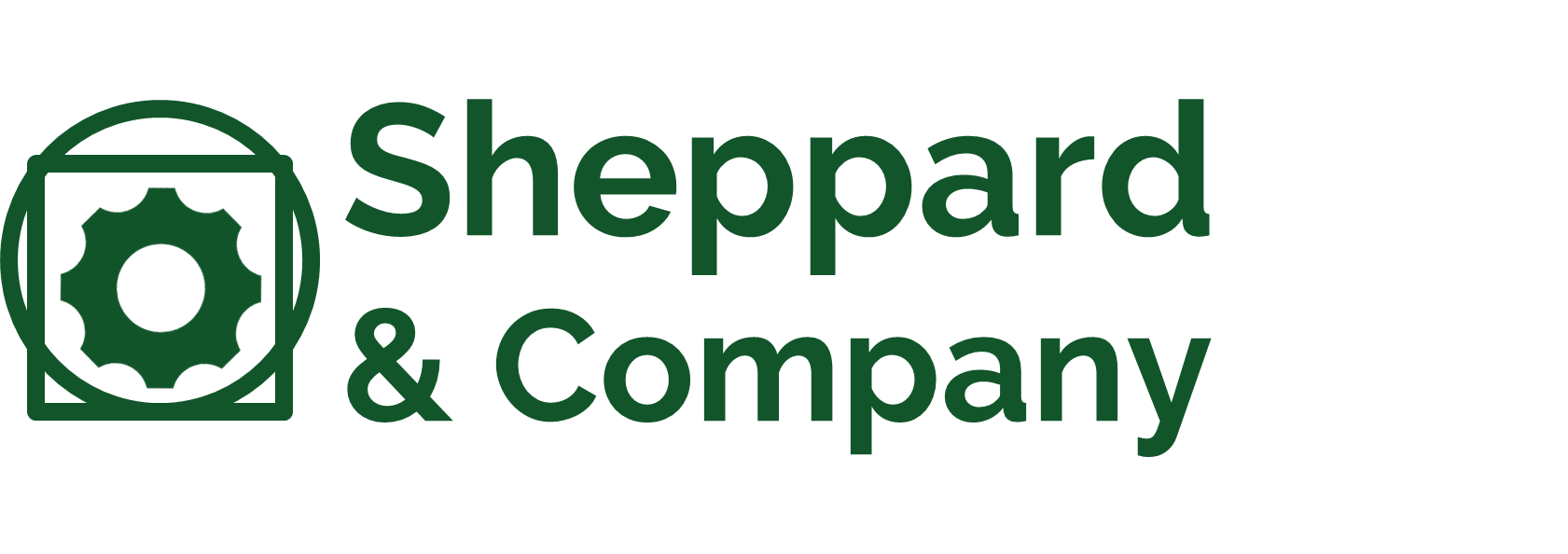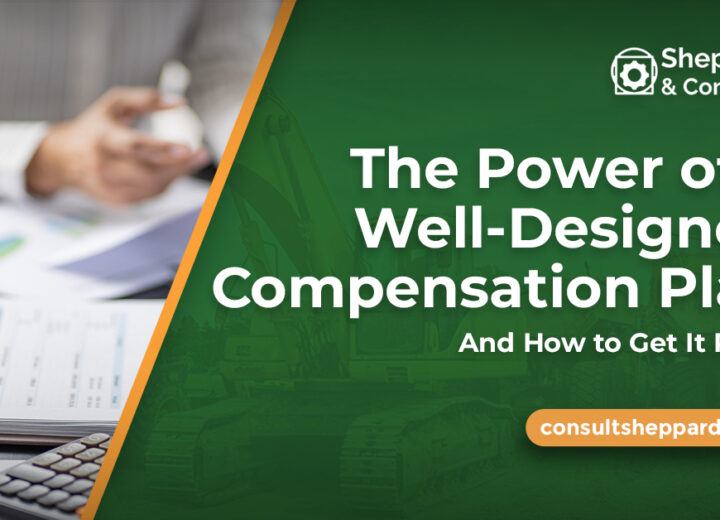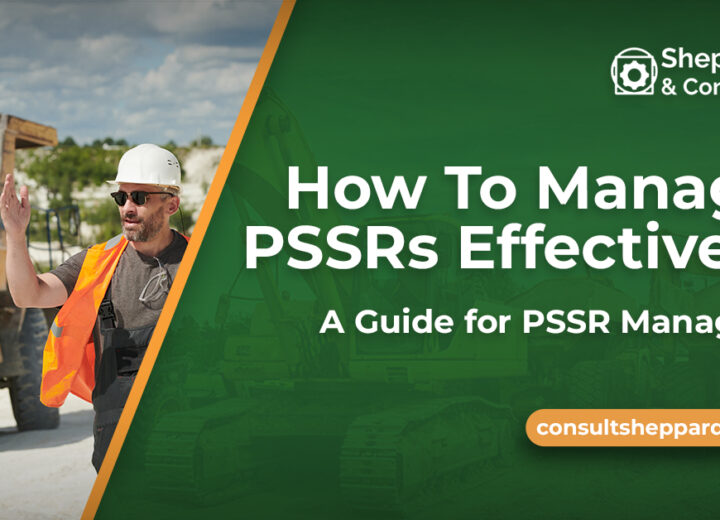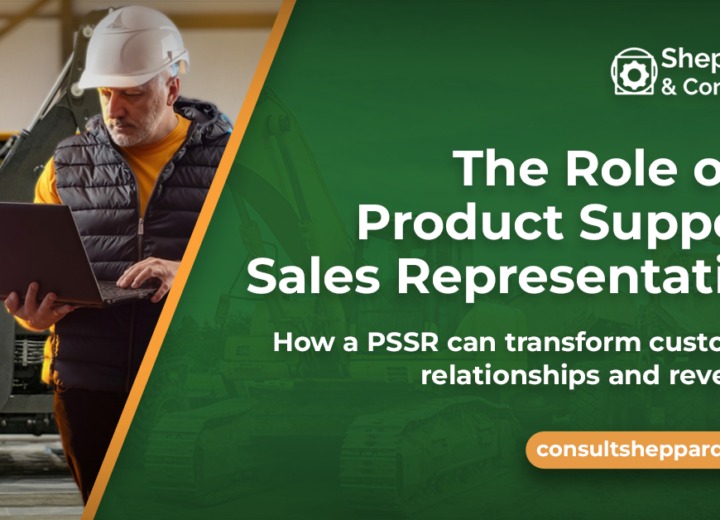Let’s cut to the chase: if your Product Support Sales Reps (PSSRs) still operate on a “kill what you eat” model, you’re leaving serious money—and long-term customer loyalty—on the table. In today’s heavy equipment world, uptime is king, relationships are everything, and complexity is climbing. Your customers don’t need another slick-talking sales rep. They need a trusted partner, backed by a tight-knit team, who knows how to keep iron moving and costs in check. The old-school, lone-wolf sales model? It’s broken. And worse—your comp plan might be rewarding the very behavior that’s dragging your dealership down.
It’s time to kill the lone wolf.

The Lone Wolf PSSR: A Dying Breed
We all know the type. Lone-wolf PSSRs operate in silos, guard their territory, and chase commissions with the intensity of a coyote in heat. They’re high-energy and often high-performing but also transactional, territorial, and toxic to team culture. Did one of your PSSRs complain about missing out on quoting labor on an undercarriage sale from your parts department? It’s the lone wolf missing out on a meal.
In many dealerships, the comp plan drives this behavior:
- Low base, high commission
- Rewarded only on individual parts and service sales
- No incentive to collaborate with techs, service managers, or parts teams
- Customer ownership becomes a turf war
Here’s the problem: complex, high-value, long-lifecycle equipment sales are not won by individuals—teams win them.
Think about it: Who influences a PSSR’s customer more than anyone else? Field techs. Service managers. Inside parts teams. The quality of the work. The speed of the response. The availability of the right parts at the right time. These aren’t things one PSSR can control alone.
Enter Team Selling: The Model Built for Today’s Customer
Team selling flips the script. Instead of one person trying to wear every hat, multiple roles come together to surround the customer with value:
- The PSSR leads the relationship and identifies opportunities (top of funnel).
- Field technicians uncover needs during inspections and repairs (bottom of the sales funnel).
- Service managers and advisors validate recommendations and show the shop can deliver.
- Parts managers and advisors ensure quotes are competitive and realistic, with a high in-house parts fill rate.
- OEM reps bring strategic backup when needed.
In this model, the PSSR is still the quarterback—but they win because they’re passing the ball, not running every play themselves.
Customers feel the difference. Team selling builds trust, reduces friction, and increases the chances of capturing bigger, stickier revenue—like undercarriage rebuilds, PM contracts, and full-machine inspections.
So why are most PSSRs still paid like lone wolves?
Your Comp Plan Is the Culture
You can talk all day about collaboration, customer focus, and uptime. But if your comp plan rewards the lone wolf, that’s the culture you’re actually building.
Here’s how comp plans shape behavior:
| Behavior | Lone-Wolf Comp Plan | Team-Selling Comp Plan |
|---|---|---|
| Account hoarding | Encouraged | Discouraged |
| Cross-functional teamwork | Disincentivized | Rewarded |
| Strategic thinking | Rarely rewarded | Built-in |
| Trust in the shop | Minimal | Required |
| Long-term value selling | Hard to justify | Core strategy |
The fix isn’t hard—but it does take guts.
The Fix: A Comp Plan Built for Collaboration
Here’s what a modern, team-first PSSR compensation plan looks like:
1. Higher Base Salary (60–70% of on-target earnings – OTE)
Reduce the fear-based selling. Give reps breathing room to think long-term and build trust.
2. Individual Bonuses for Activity & Growth
Reward the right inputs:
- Quote-to-close ratios
- Growth on assigned accounts
- New PM program signups
- Value of upsold repairs
3. Team-Based Incentives
This is the game-changer:
- Pay bonuses based on territory-wide growth
- Tie rewards to uptime, customer satisfaction, or job completion rates
- Share incentives between PSSRs, service managers, and parts teams when large proposals land
4. SPIFFs and Short-Term Campaigns
Use tactical incentives to drive behavior—sell five inspections, close three undercarriage deals, and convert five reactive customers into maintenance plan customers.
But Won’t We Lose Our Killers?
Maybe. And maybe that’s okay.
Your best reps will adapt—especially if they’re genuinely focused on customer success. But some lone wolves will resist. They’ll grumble about “babysitting the service team” or “splitting their commission.”
The truth? They’re probably capping their potential if they won’t collaborate. They’re selling parts when they could be selling full-service solutions. They’re winning orders but losing accounts. They’re burning goodwill instead of building loyalty.
Let them go. Or let them evolve.
Bottom Line: Collaboration Is the New Sales Superpower
Your customers don’t care how many calls your PSSR made last week. They care about:
- Downtime
- Parts availability
- Proactive service
- Whether they trust your people to keep their fleet moving
Team selling gives them all of that—and more. But only if your comp plan, which clear expectations, backs it up.
So take a hard look at your current structure. You’re feeding the wrong wolf if it rewards isolation, short-termism, or ego-driven selling.
Time to kill the lone wolf—and build a sales culture built to last.
